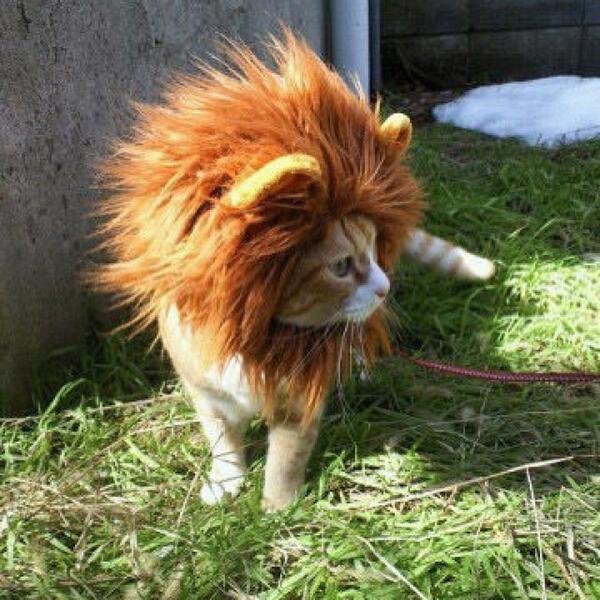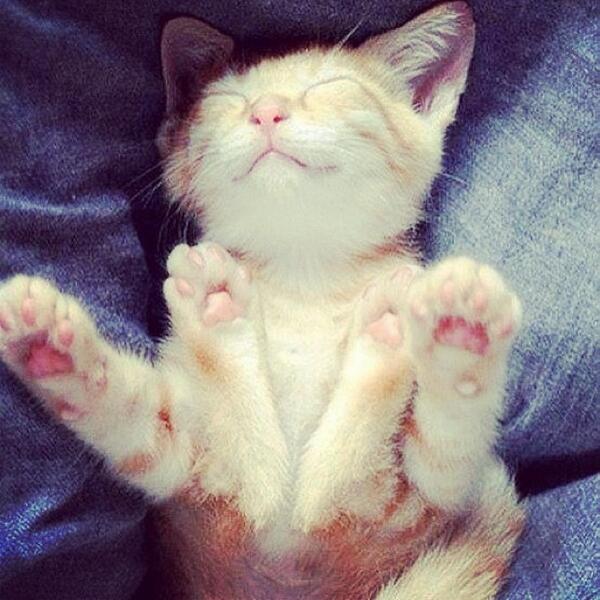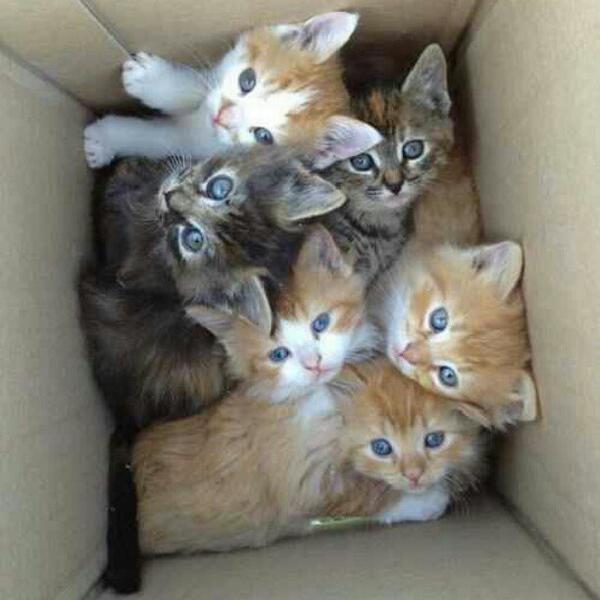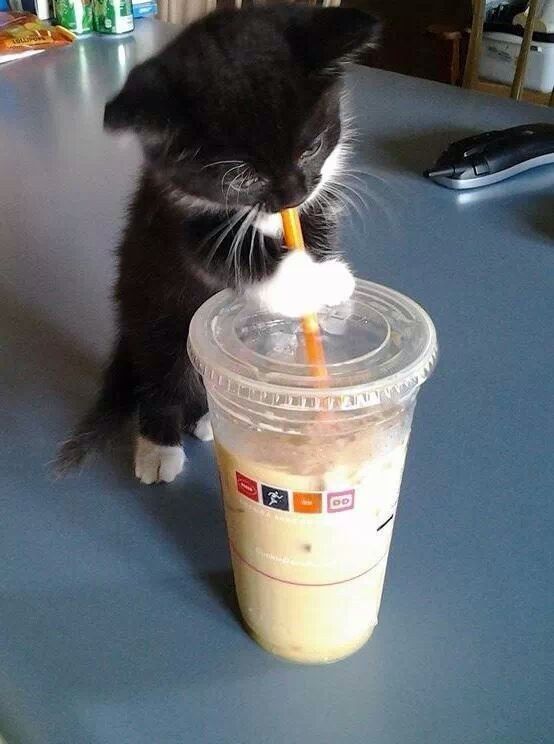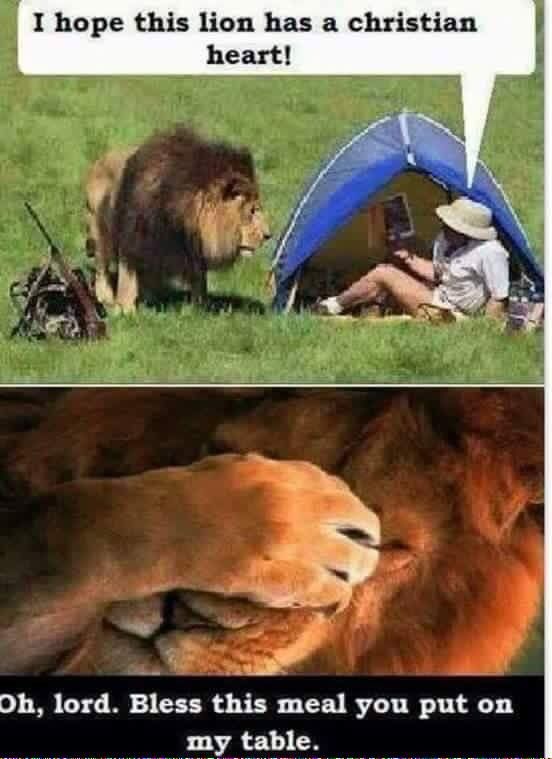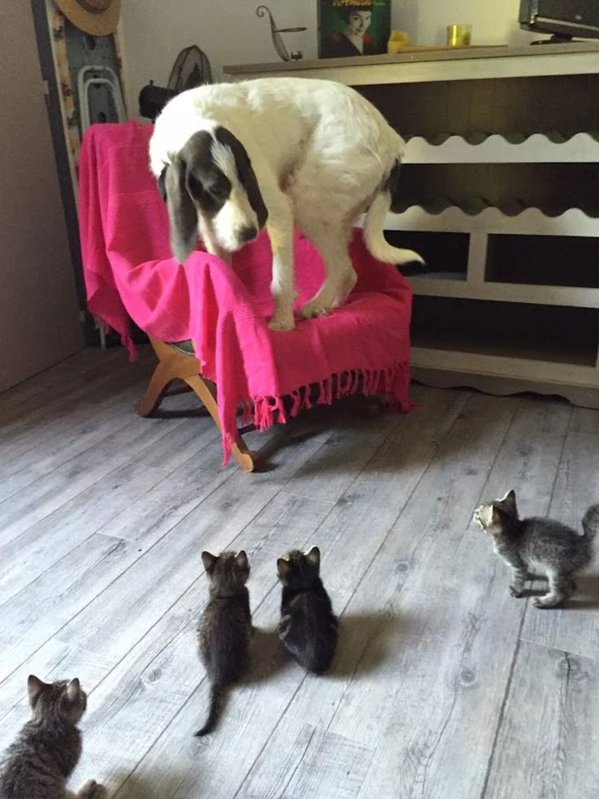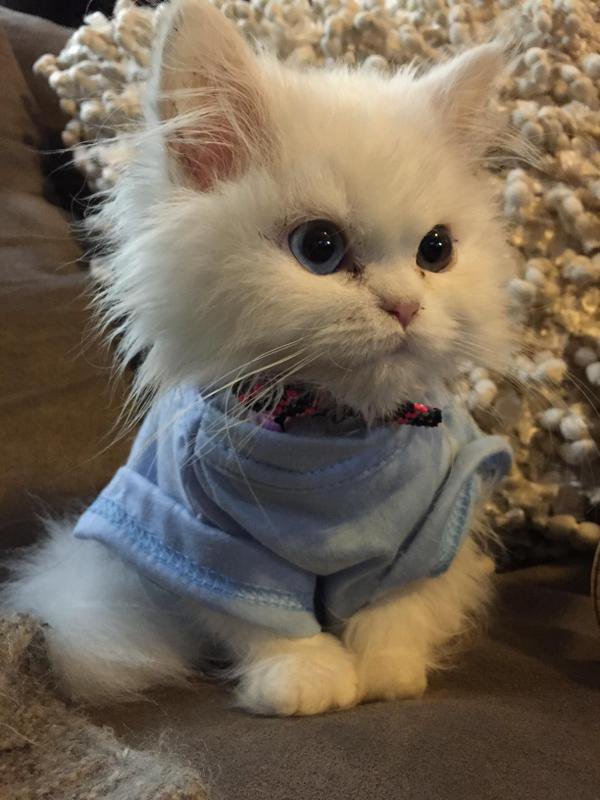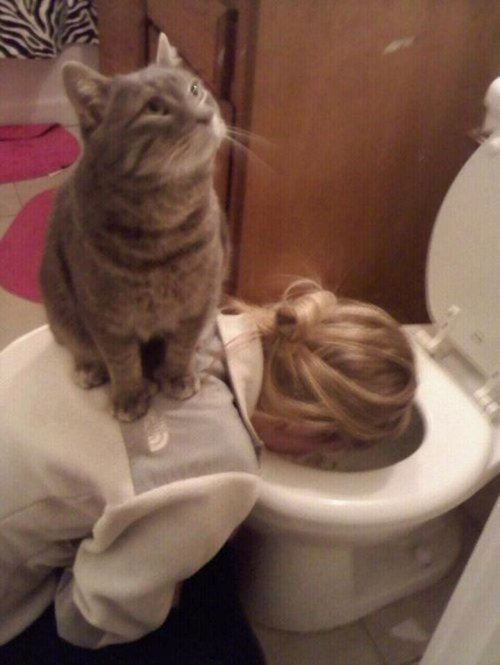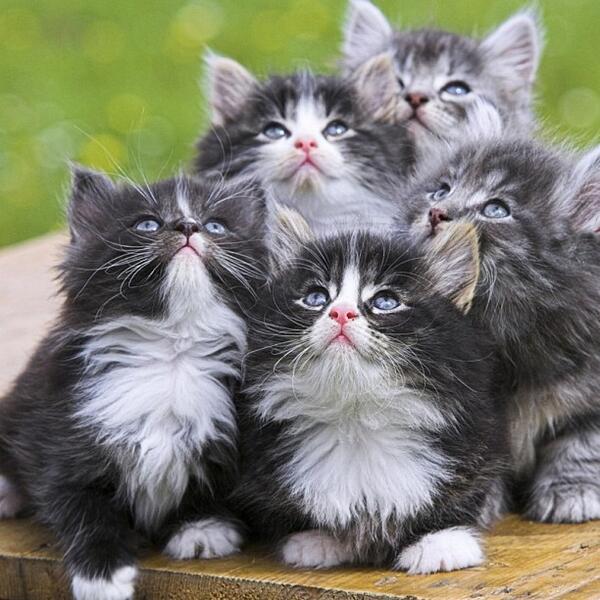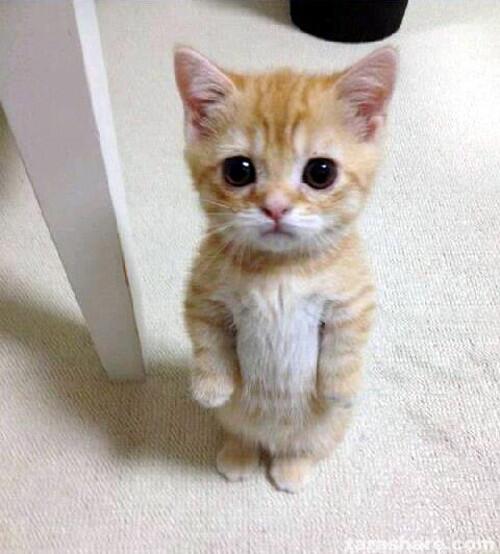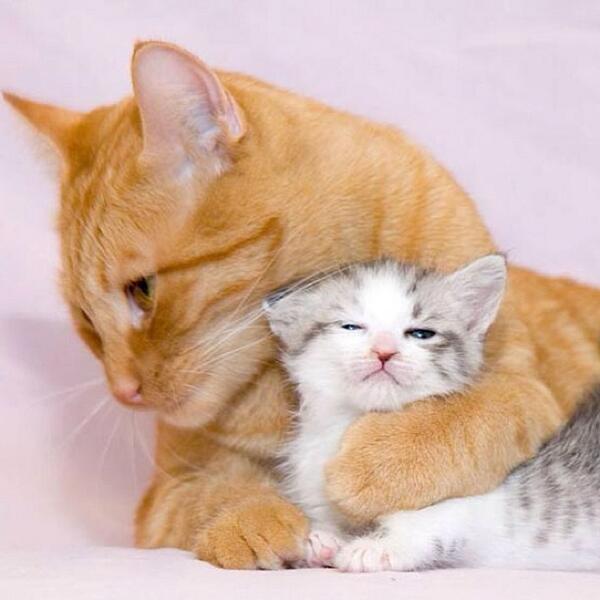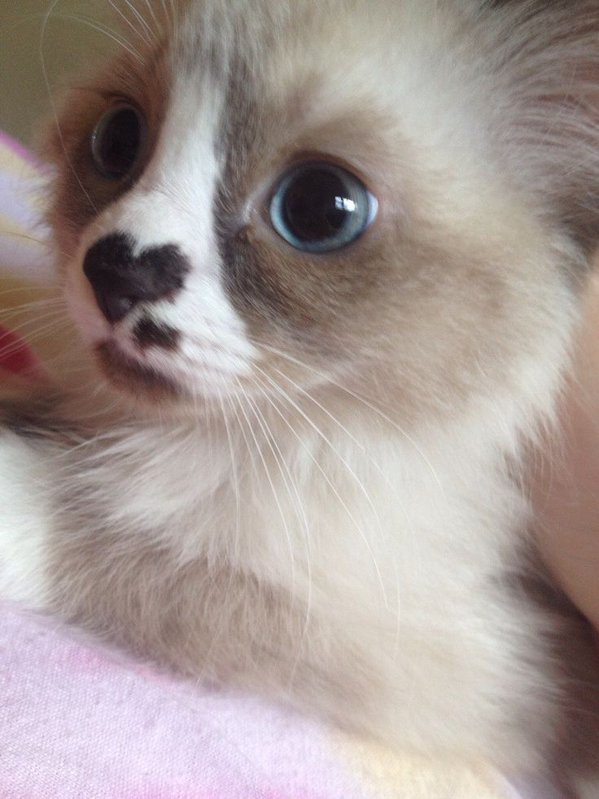Two days ago, I reported the progress we made in 2015 fighting animal cruelty:
https://goo.gl/j9J68I
Yesterday, I posted how 2015 was also a banner year for saving lives, with animal shelters in cities and towns across America rejecting killing like never before:
https://goo.gl/IBKS1O.
2015 is also significant in two other regards: as a movement, we expanded the army of compassion and we expanded the circle of compassion.
Expanding the Army of Compassion
A chocolate maker who donates all profits to No Kill groups. Truckers who transport animals from death row in shelters to the loving arms of rescuers. Pilots who fly animals to where they are under threat to where they need to go to thrive. Photographers who spotlight the dignity and beauty of community cats. Programmers who help reunite lost dogs with their worried families. Attorneys who give the animals a voice in court.
These are people doing what they love for the animals they love and, in the process, they are making a profound life and death difference. In 2015, more people and more groups became active by simply utilizing their talents to help the animals at risk. To help push this further, the No Kill Advocacy Center, my organization, released a free guide, "How To Be a Superhero for Shelter Animals” to give people even more ideas on how they can help animals doing,in some cases, nothing more than what they already do. The guide and page which shares inspirational stories are here:
http://goo.gl/bvoxwe
Expanding the Circle of Compassion
In addition to more shelters saving animals beyond dogs and cats, including reptiles, amphibians, birds, aquatic animals, “farmed” animals, and wildlife, as noted yesterday, 2015 was also an important year for other animals. "In a decision that effectively recognizes chimpanzees as legal persons for the first time, a New York judge … granted a pair of Stony Brook University lab animals the right to have their day in court.
The ruling marks the first time in U.S. history that an animal has been covered by a writ of habeas corpus, which typically allows human prisoners to challenge their detention..." After the news hit like a bombshell, the court backpedaled somewhat, but in a sustained victory for chimps, the National Institutes of Health retired all remaining chimps used for animal research after the U.S. Fish & Wildlife ruled that both wild and captive chimpanzees would receive "endangered" protection under the Endangered Species Act.
The Governor of Hawaii stopped issuing permits as Hawaii set itself to become the first U.S. state to ban wild performing animals, including bears, elephants, tigers, primates, rhinos, hippos, hyenas, crocodiles and big cats used for entertainment purposes.
The California Coastal Commission banned the breeding of orcas in SeaWorld and ruled that no new whales from the wild could be kept there.
And 2015 was also the year of the vegan. Spurred by ethics, health concerns, and a growing number of vegan fast food chains, meat eating is down in the U.S. and the meat-alternatives market is in double digit growth and poised to hit five billion by 2020. 2015 also saw world renown brands embrace veganism or introduce vegan options such as Guinness which announced it was going vegan, Travelodge which began offering vegan food in all its UK hotels, Ben & Jerry’s promise of a vegan ice cream, White Castle making vegan sliders, Wendy’s test marketing a vegan burger to rave reviews, French Champagne Duval-Leroy announcing its products will soon be suitable for vegans, and GQ naming a vegan burger the best hamburger in the world.
https://www.facebook.com/nathanwinograd/posts/1086834818007428:0



